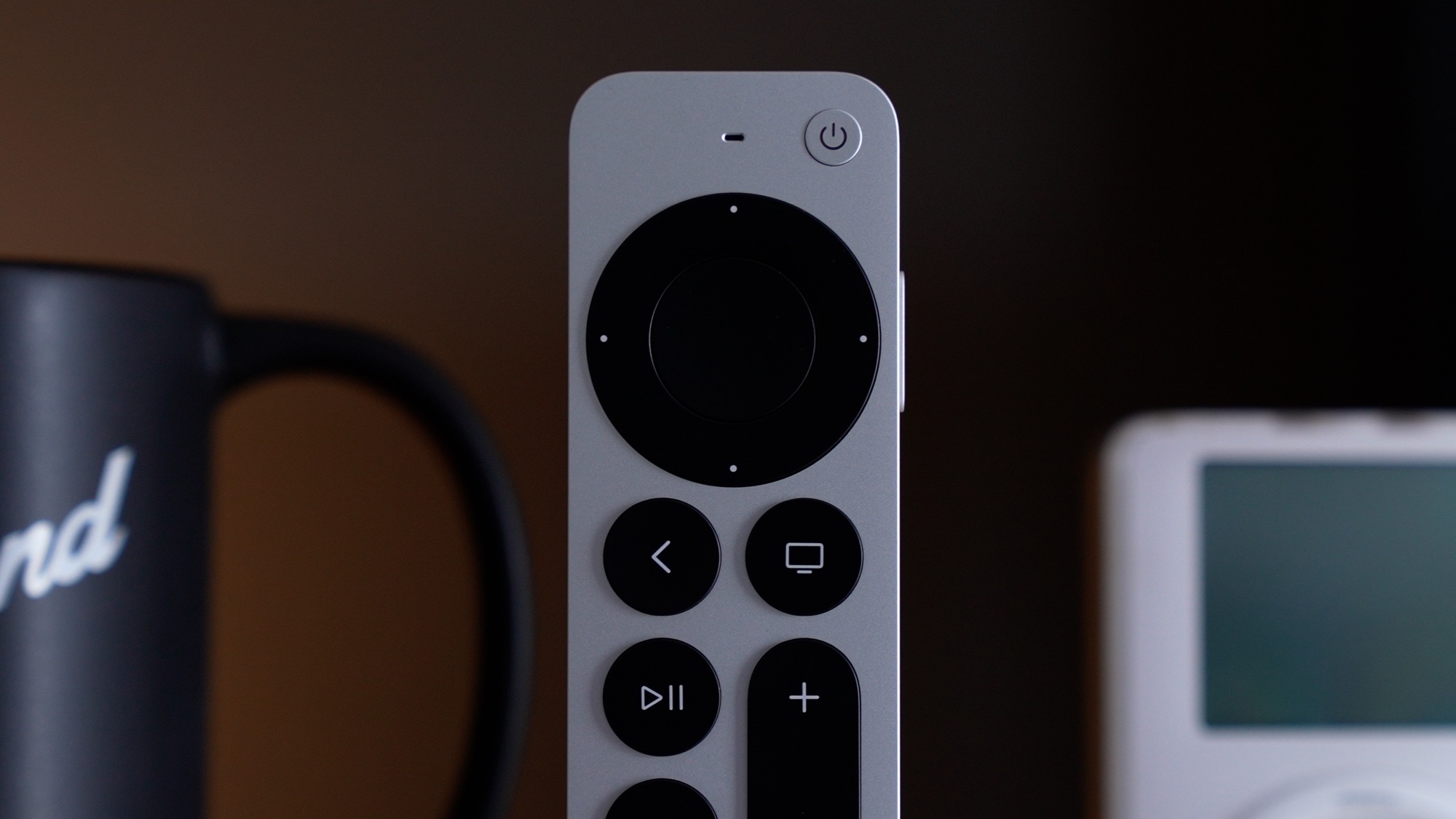I wasn't near my Apple TV when I wrote that and couldn't check and I haven't used that method in a while, thus the vague "navigate" rather than specific instructions. It's still multiple operations (long press the home button and then press the center of the clickpad) rather than a single long-press on a button that's clearly marked as a power button. Both of the buttons they added make things simpler, because they're single buttons that people expect and that are labeled with symbols that people will already know or easily figure out (indeed, if you just tap the new power button, you'll get an onscreen overlay saying to hold it down to turn off everything). The old method for powering off was not easily discoverable.
You go on to list a bunch of different ways to accomplish muting, most of which are not universal - they all depend on which app you're using or what you're watching or what kind of system you're listening through (for your HomePods, for instance). That's hardly an Apple way to do things. And it would mean Apple would have to provide a whole page of directions for users who just wanted to mute (who may be calling or chatting with support to ask how to mute), rather than just saying "push the mute button". Personally, I never use the mute button, because I don't watch live sports - I push the pause button instead. But I can totally understand why they added it - and it was, anecdotally, one of the most often requested features here in the forums. Apple probably got a lot of the same feedback from other people.
The "third position rocker switch" approach would have made the volume up/down control have a worse tactile response for the 98% of the time when it's controlling the volume, in order to overload it with a new function for the other 2% of the time. I think that would not be a win.
And I strongly dislike systems that expect one to mute (when muting is necessary) by turning the volume down - I may have gotten the volume to just the place I wanted - if I turn it down and then back up, I have to find that just-right volume setting again. And it's not easily repeatable, because the Apple TV doesn't, say, show a numerical volume readout on the screen. So, if you have an actual need to mute, just running the volume down is an inferior solution.
What it really feels like is, you didn't want a mute button because you don't personally need/use it, and you're proposing a whole bunch of convoluted / inferior solutions you'd rather have other people suffering through, just so you wouldn't have to have a mute button you didn't want. I'm happy enough to just let them have a mute button, even if I won't ever use it.
I don't care about the remote looking futuristic or elegant, I want it to work well. The Apple TV remote is a huge improvement over traditional remotes, because it only includes buttons that are necessary, without having a ton of dedicated buttons that aren't used most of the time or for most of the modes (like a numeric keypad, picture-in-picture controls, fast forward/rewind, aspect ratio controls, hardwired buttons for various streaming services, etc.)... buttons that just end up being in the way most of the time, something you have to carefully reach over to get to the desired controls. None of that applies to the power and mute buttons - you may not use them all the time, but a lot of people do, and expect them on a remote. And it's two buttons, not dozens (and, no, this isn't some slippery slope that will end up with dedicated buttons for streaming services that paid their way onto the remote).



